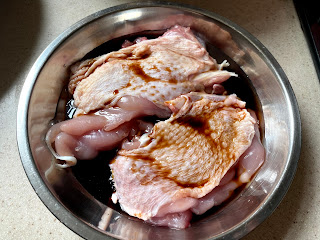The estate is tiny at 7 hectares, located on the edge of St-Emilion, partly on the shallow soils of limestone and partly on clay-limestone, with east-southeasterly exposure allowing good protection from the cool northerly winds, with some of the best terroir in the area.
The name is taken from the Roman poet Ausonius, who is thought to have a villa on the current site. The property was variously referred from 16th to 18th centuries, with association to Ausonius, before reverting to Chateau Ausone in early 1800s.
In 1892 Edouard Dubois inherited the estate, established its reputation as one of Bordeaux’s finest. The estate then was passed to his children Cecile Vauthier and Jean Dubois-Challon. After the heyday of the 1920s, it fell into a less regular patch.
During 1974 to 1996, Ausone was jointly owned by Jean Dubois-Challon’s widow and the Vauthier family, and with the relationships between the two not exactly harmonious, little investment was made and quality remained irregular.
It all changed in 1997, when the Vauthier family took full control of Ausone, with Alain Vauthier given the freedom to make his wines. He invested heavily to improve quality and consistency, like installing a drainage system, adopting grass cover to help erosion and humidity, and replacing missing vines.
The estate now has majority of planting being Cabernet Franc, with a small proportion of Merlot. De-leafing and green-harvesting are carried out to aerate and reduce yields. A wider eco-system is also taken into account, with hedges, fruit trees and aromatic plants also grown in the vineyards.
They also retained a group of pickers, making selective harvesting easier to manage. It would typically take three days to harvest but that was strung out over 15 days. They also use tiny refrigerated stainless-steel tanks to hold the fractionally picked grapes before transfer to fermentation vessels.
Apart from the vineyard, the 16th century quarried limestone cellars have been strengthened with additional ventilation, and the 13th century chapel has also been restored, along with the chateau itself. Alain and his elder daughter Pauline, the eleventh generation, continue to make the wines there today.
In the cellar, oak vats are used to vinify the grapes, following a cold pre-fermentation maceration. Alcoholic fermentation takes place using remontage and delestage, with the total cuvaison up to five weeks. No press wine is used for grand vin, which is aged in 100% new oak for up to 22 months.
After 1995 a second wine, Chapelle d’Ausone, is introduced. Now representing 25% of production, the quantity of the grand vin has considerably reduced since the 1980s. The prices also have risen from below of Cheval Blanc to well above now.
I acquired this bottle of 1999 Chateau Ausone back in 2011, ten years ago from now. Opening after 22 years, the colour of the wine has turned brick red, almost brown on the rim. The nose is intense with plenty of black and red fruit, with also a nice prune and violet note. With time the pine and licorice becomes more apparent, and wrapping up with a tobacco development. Well-structured on the palate, the tannin and acidity are in good harmony with the concentrated flavours, with a minerality of tar, and finishing with a long length. I can readily tell the Cabernet Franc characters and apparently it is featured in much higher proportion than most St-Emilion.




























































